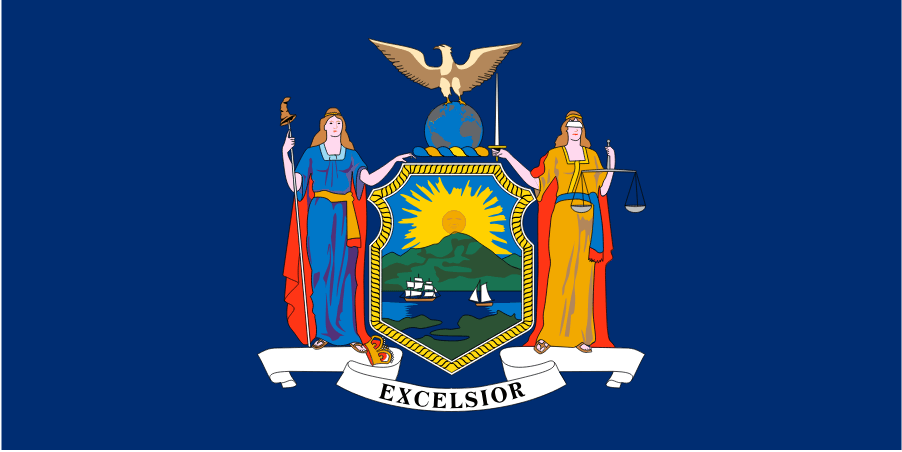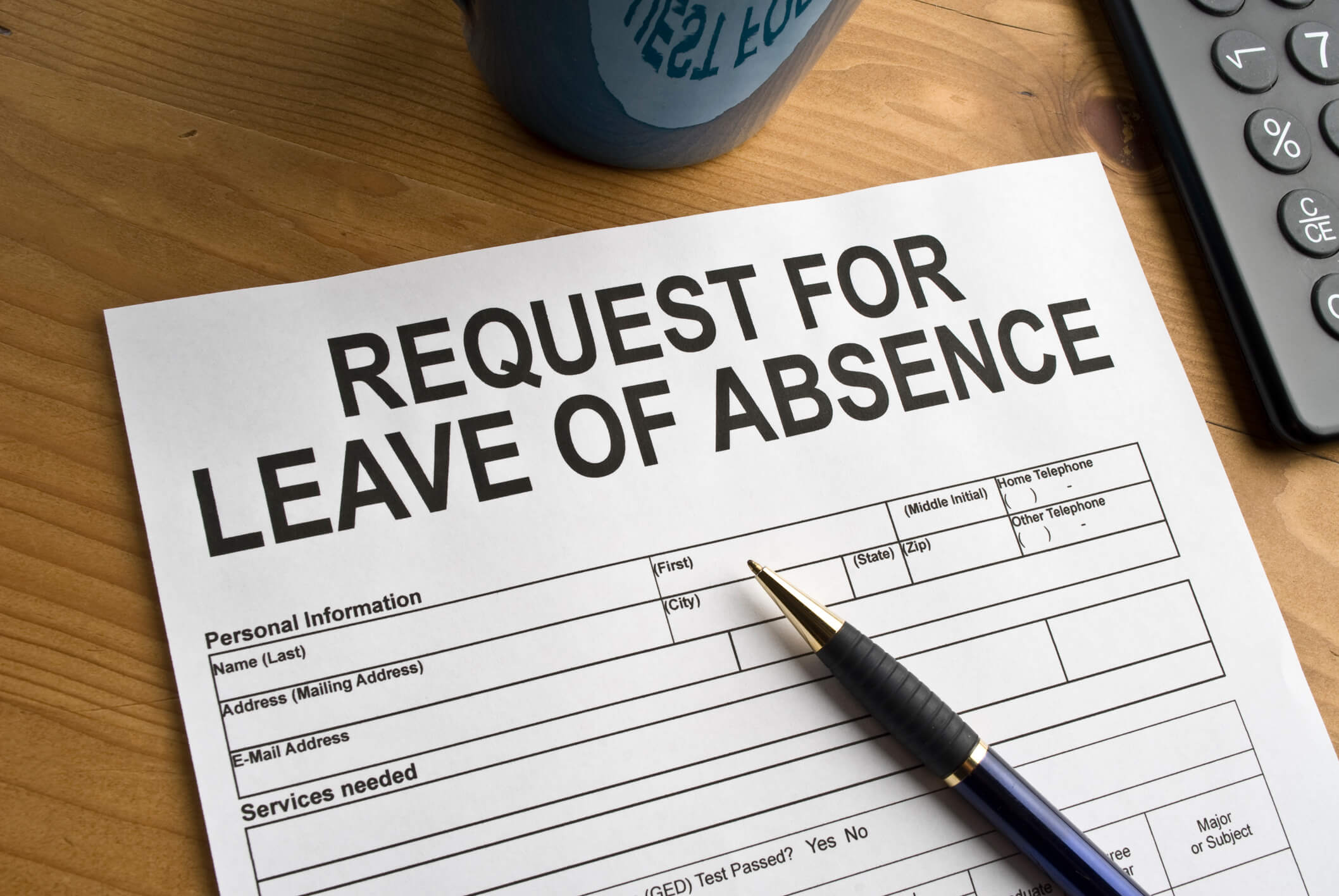Quick Hits
- The New York Department of Labor has issued guidance on the new Paid Prenatal Leave Law, effective January 1, 2025 . The law mandates that employers provide employees twenty hours of paid leave per year to receive prenatal care.
- The guidance clarifies various aspects of the new law, including that paid prenatal leave is a separate benefit, that the law covers all private-sector employees in the state, regardless of size, and that employers are prohibited from asking for details about the reasons for prenatal appointments.
The NYDOL recently released new paid prenatal leave guidance in the form of answers to frequently asked questions (FAQs) to assist employers in understanding and implementing their new requirements under the Paid Prenatal Leave Law, which takes effect on January 1, 2025. While the FAQs do not have the force of law, they provide insight into the agency’s interpretation of the new law and how the NYDOL will likely seek to enforce this statute.
Understanding Paid Prenatal Leave
New York Governor Kathy Hochul signed into law the Paid Prenatal Leave Law, Senate Bill (S) 8305C, on April 20, 2024, as part of multiple pieces of legislation to implement the state budget. The law amends the New York State Sick Leave Law (NY Sick Leave), Section 196-b of the New York State Labor Law (NYLL), to require employers to provide up to twenty hours of paid leave per year for any prenatal care appointments.
Specifically, the law will require employers to provide paid leave for healthcare services received by an employee during or related to the employee’s pregnancy, including physical examinations, medical procedures, monitoring and testing, and discussions with healthcare providers.
This leave benefit is available to all employees of any private-sector employer, regardless of the number of employees working for the employer. The entire leave benefit of twenty hours is available to an employee at the time of hire.
Separate From Existing Leave Policies and Laws
One critical clarification in the guidance is that the twenty hours of paid prenatal leave is a “stand-alone benefit” separate from other leave policies and laws, including paid sick leave otherwise provided by the NYS Sick Leave Law. The NYDOL guidance further acknowledges that covered prenatal healthcare services may be covered by the NYS Sick Leave Law, Paid Prenatal Leave Law, or an employer’s existing leave policy. The guidance states that “[a]n employer cannot require an employee to choose one leave type over another or require an employee to exhaust one type of leave before using Paid Prenatal Leave.”
Eligibility and Usage
The guidance further confirms that all private-sector employees in New York are covered by this new law, regardless of the size of their employers, part-time status, or overtime-exempt status. The guidance further clarifies that employees do not accrue prenatal leave but are automatically entitled to twenty hours of paid prenatal leave in a fifty-two–week period.
According to the NYDOL, the fifty-two–week period begins from the date prenatal leave is “first recorded on an employee’s timesheet.” Further, the guidance confirms that employees are only entitled to twenty hours of paid prenatal leave in a fifty-two–week period. If an employee becomes pregnant more than once in a fifty-two–week period, the employee may use the balance of the twenty hours of paid prenatal leave remaining from the first pregnancy.
Employees may use the paid prenatal leave in hourly increments, providing flexibility to attend various prenatal appointments as needed. The leave must be paid at the employee’s regular rate of pay or the applicable minimum wage, whichever is greater.
Additionally, the guidance clarifies that paid prenatal leave may only be used by the employee directly receiving the prenatal healthcare services. It specifically provides that spouses, partners, or other support persons attending such appointments are not eligible for the paid prenatal leave benefit.
Scope of Covered Services
The guidance provides additional information on the range of prenatal healthcare services covered by the law. It confirms that paid prenatal leave may be used for fertility treatments, including in vitro fertilization and end-of-pregnancy care appointments. The law does not extend to postnatal or postpartum appointments.
Employer Responsibilities and Compliance
The guidance encourages employees to provide employers with advance notice of paid prenatal leave requests and encourages employers to “communicate how to request leave to their employees.” The guidance also warns that employers are prohibited from asking employees about the details for the reasons for the prenatal appointments or for medical records or documents. Specifically, the guidance states that “employers cannot ask employees to disclose confidential information about their health condition(s) as a condition of requesting to use Paid Prenatal Leave.”
The guidance further emphasizes that employers are prohibited from retaliating against employees who request or use paid prenatal leave. Examples of prohibited retaliation include reducing other leave options, changing work locations or hours, or taking any adverse action against an employee for requesting this leave.
The guidance also suggests that employers, as a best practice for recordkeeping, maintain clear records of available leave types and amounts used and identify paid prenatal leave separately. However, paid prenatal leave amounts do not have to be identified on pay stubs.
Next Steps
Employers may want to review the new paid prenatal leave requirements and guidance from the NYDOL before the new law is implemented on January 1, 2025, and be prepared to communicate leave policy changes to employees. In addition to the guidance, the NYDOL has set up a web page for employers with information on paid prenatal leave and other types of leave under New York State law.
Ogletree Deakins’ New York and Buffalo offices will continue to monitor developments and provide updates on the Leaves of Absence and New York blogs.
In addition, the Ogletree Deakins Client Portal provides subscribers with timely updates on New York’s paid prenatal leave and paid sick leave requirements. Premium-level subscribers have access to updated policy templates for New York. Snapshot and Updates are complimentary for all registered client users. For more information on the Client Portal or a Client Portal subscription, please reach out to clientportal@ogletree.com.
Follow and Subscribe







